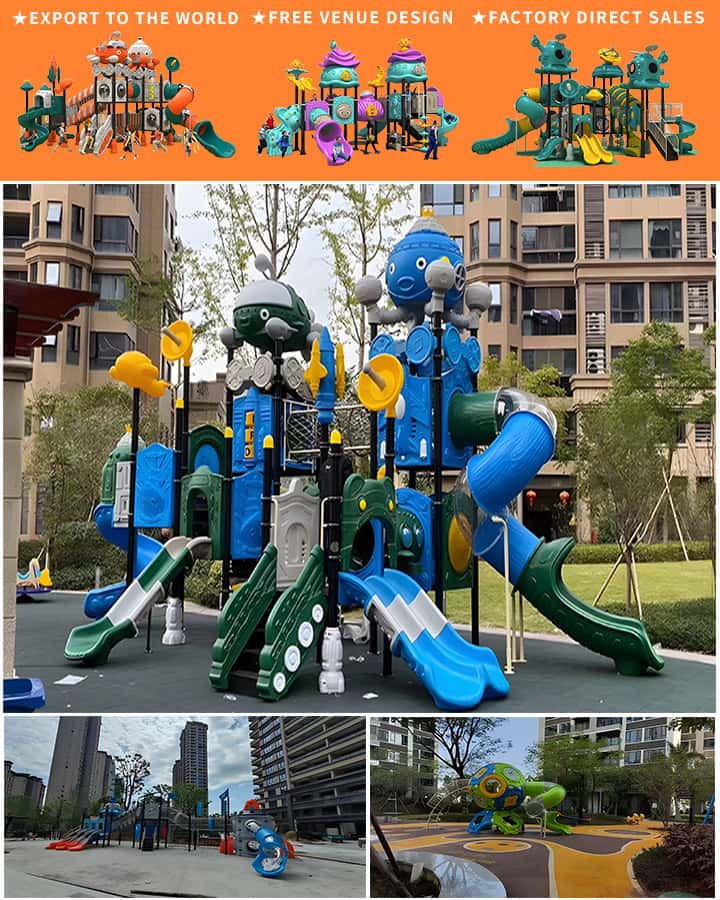Wood has long been a material of choice for crafting durable and visually appealing outdoor playground equipment. In commercial settings, where durability and safety are paramount, the use of high-quality wood not only ensures that play structures can withstand the rigors of daily use but also contributes to an inviting and natural aesthetic. This article delves into the benefits of utilizing wood in commercial outdoor playground equipment, emphasizing its environmental, economic, and social advantages.
Durability and Safety
One of the primary reasons wood is favored for commercial outdoor playground equipment is its inherent strength and durability. High-quality woods such as cedar, redwood, and tropical hardwoods are resistant to decay and insects, making them ideal for outdoor installations. These types of wood can endure harsh weather conditions without significant degradation, ensuring that playground structures remain safe and robust over time. Furthermore, wood’s natural texture provides a non-slip surface, which is crucial for preventing accidents and injuries during play.
Environmental Benefits

Wood is a renewable resource, making it an environmentally friendly choice for playground equipment. Unlike synthetic materials, wood requires less energy to produce and generates fewer greenhouse gases during its lifecycle. Additionally, using sustainably sourced wood supports responsible forest management practices, preserving ecosystems and promoting biodiversity. Many manufacturers offer FSC (Forest Stewardship Council) certified wood, ensuring that their materials come from well-managed forests.
Aesthetic Appeal
The natural warmth and beauty of wood can significantly enhance the visual appeal of any playground. Unlike metal or plastic, wood blends harmoniously with natural surroundings, creating a welcoming and serene environment for children. The richness of wood grains and the variety of available finishes mean that each piece of playground equipment can be unique, adding character and charm to community spaces.
Cost-Effectiveness
While initial investment in high-quality wood may be higher compared to some alternative materials, wood’s long lifespan and low maintenance needs make it a cost-effective option in the long run. Wooden playground equipment rarely requires replacement, reducing overall expenditure over time. Moreover, wooden structures can be easily refurbished or repainted, extending their usability and aesthetic appeal without significant additional costs.
Social and Developmental Benefits
Wooden playground equipment can foster more natural and imaginative play experiences for children. The tactile feel of wood encourages creative interactions and sensory exploration, promoting physical development and cognitive growth. Studies have shown that children who engage with natural materials in their play environments exhibit better concentration and reduced stress levels. Thus, incorporating wood into commercial outdoor playgrounds can support holistic child development.
In conclusion, wood stands out as an excellent material for commercial outdoor playground equipment due to its durability, environmental friendliness, aesthetic appeal, cost-effectiveness, and social benefits. By choosing high-quality wood, communities can create safe, sustainable, and inspiring play areas that enrich the lives of children and enhance public spaces for generations to come.




